Changing Nature of Experience
Family activity: One hard thing, one good thing
Life doesn’t go just one way for us; each moment holds infinite shades of light and dark. We might be sailing through the day feeling happy and hopeful, then a piece of troubling news leaves us feeling sad and anxious.
Living brings great gifts and painful losses—for ourselves and for the people we love. How do we let our hearts bend to so much change without breaking? How do we stay open to the whole range of experience without being swept away by it?
For adults and children alike, it can be helpful to acknowledge this natural ebb and flow of life, perhaps by taking time each day to do so as a family. Each person can share one hard thing and one good thing that happened to them or that they observed that day.
Mealtime seems a natural place for this kind of sharing, but you’ll know what’s best for you and your children. Allow everyone space to share one “thumbs down” and one “thumbs up” (it can be reassuring to end on the “up” note).
This is a great time to practice with your children; include yourself in the sharing, and they’ll see that the good and the difficult happen for you, too. They’ll also see you modeling gratitude for the happy moments and honoring the ways in which the difficult moments shape who you are.
This is also a natural opportunity to practice (and model) mindful listening. Sometimes the hard things from our day don’t need to be fixed or resolved to make us feel better; sometimes they just need to be heard and acknowledged.
Adult practice: exploring Discomfort + Finding Ease
It’s human nature to resist pain—physical and emotional. Yet it can be helpful to move toward discomfort in small, doable ways, with curiosity and kindness.
This isn’t a “tough it out” practice; on the contrary, it’s a practice that can leave us feeling lighter and more energized when we’ve attended to areas of discomfort with awareness and care. Sometimes the discomfort is too much and moving toward it isn’t the most helpful thing to do. In these moments, we can practice finding ease within our bodies instead.
Sit comfortably in a chair or on a cushion on the floor. Let your posture be upright, yet relaxed. We’re looking for attention with ease: not too tight and not too loose. You can close your eyes to remove visual distractions, or you can leave them open with a soft gaze downward. Choose one of these short practices:
Gratitude, grit, and grace
Gratitude practice helps us notice the positives—all the shades of light that permeate our lives. Research shows that gratitude practice is consistently and positively associated with happiness. (The benefits of gratitude journaling are detailed here.) If you’re interested, you can extend your writing practice to include gratitude, grit, and grace.
Gratitude is a way of taking in the good. Grit is a way of acknowledging, honoring, and opening to the difficult parts of life. Grace is a way to connect with the mystery, to notice the ordinary yet extraordinary ways we’re cared for, seen, and heard—how deeply we’re connected to others and to nature. (Perhaps we witness a moment of grace or experience it directly.)
The addition of grit and grace can be a small add-on to our intentional gratitude practice. It’s a way to open to the changing nature of our experience, holding all of it—the welcome and unwelcome—in the light of our awareness and care.
After you try the family activity and adult practices, we welcome your feedback. Click here to complete a quick and easy survey.
→ back to the family mindfulness homepage
[Quick menu to family mindfulness sessions: Settling, Breath and Body, Emotions, Changing Nature, Gratitude, Movement]
life is complicated, and it is beautiful.



